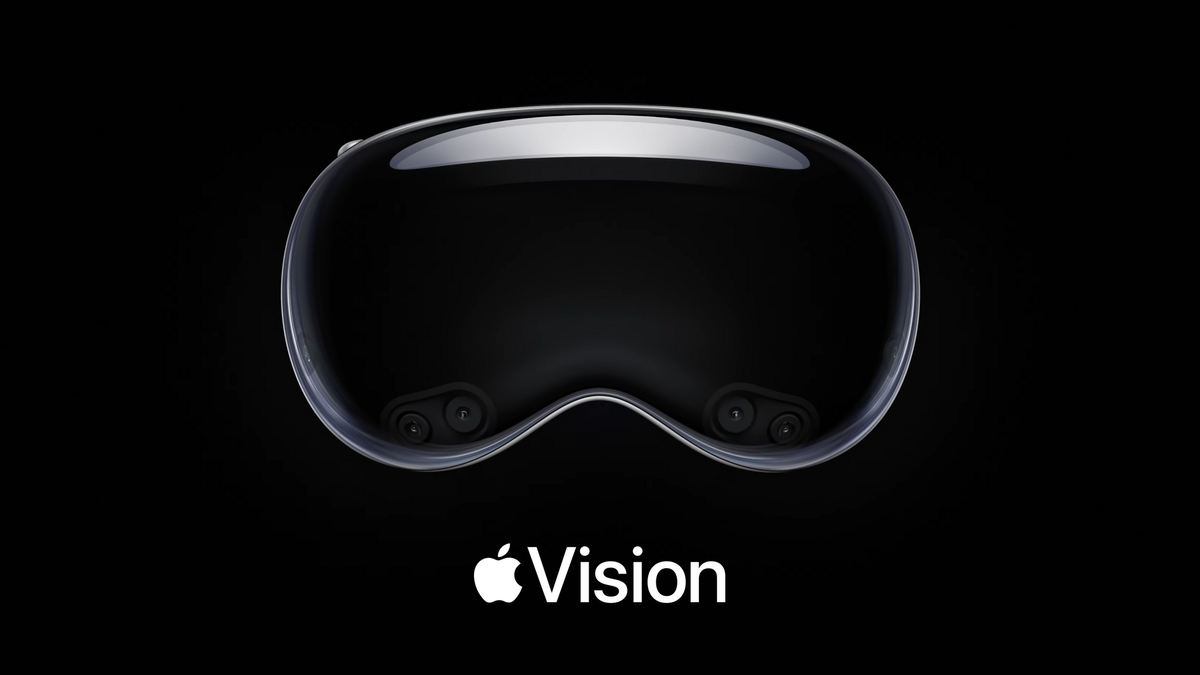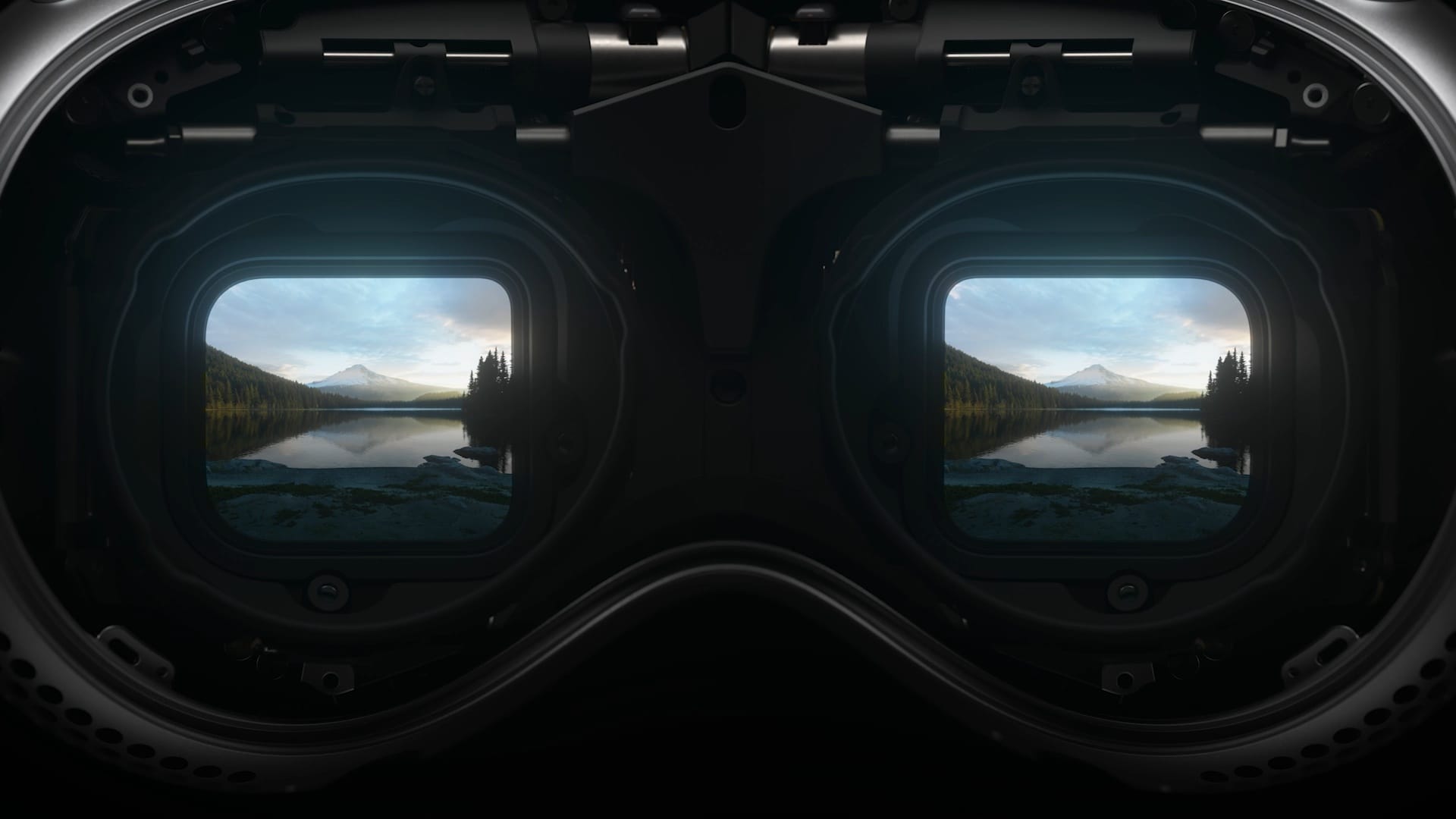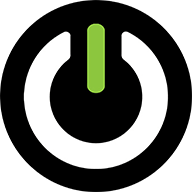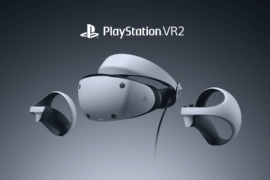Apple is asking LG and Samsung about supplying micro-OLED displays for the cheaper Vision headset, a South Korean news outlet reports.
The Elec claims Apple sent a request for information (RFI) to both companies inquiring about “technical information necessary for product development”. The outlet further claims Apple specified a 2 to 2.1 inch display with a pixel density of 1700 pixels per inch (PPI).
For comparison, the Sony-supplied micro-OLED displays in Apple Vision Pro are 1.42 inch with a pixel density around 3386 PPI, providing a resolution of 3660×3200.
Assuming the panels have the same aspect ratio, this would mean the new displays having a resolution of somewhere around 2600×2300, or around 2500×2500 if they were square.
This lower resolution display could be easier to manufacture at scale and thus cheaper, driving down the cost of the cheaper Apple Vision headset that many outlets have reported Apple is currently focused on shipping by the end of next year.

Micro-OLED displays are manufactured with a very different process to regular OLED, and offer much higher pixel density than any existing production-ready display technology. This enables ultra high resolution headsets with relatively slim designs, and of course OLED’s signature infinite contrast.
Currently 2.5K micro-OLED displays from Chinese startup SeeYa Technology are used in BigScreen Beyond, and 3.7K micro-OLED displays from Sony are used in Apple Vision Pro.
Sony’s micro-OLED displays enable Apple Vision Pro to have the highest resolution of any other headset bar Varjo XR-4, which is far thicker. However, it’s also a major contributor to the headset’s price, because according to The Information, The Financial Times, and The Elec Sony can only manufacture enough for less than half a million headsets per year and doesn’t plan to expand its production capacity.
Last year, before Vision Pro even launched, The Information’s Wayne Ma reported that Apple was testing new micro-OLED displays from two Chinese suppliers, SeeYa and BOE, to try to bring down the cost of future Vision headsets, though more recent reports have suggested both companies are struggling to meet Apple’s stringent quality standards.
Bringing in LG Display and/or Samsung Display, generally considered to make the highest quality mass-produced displays, could enable Apple to deliver on this goal of driving down the cost Vision headsets without compromising on quality, especially if the display is lower resolution and thus cheaper and easier to produce.





